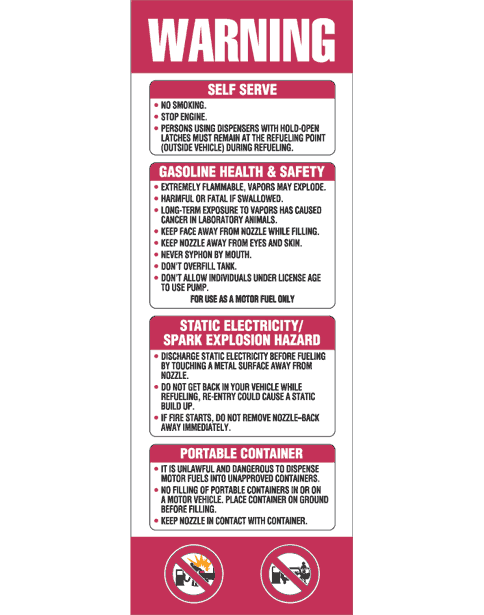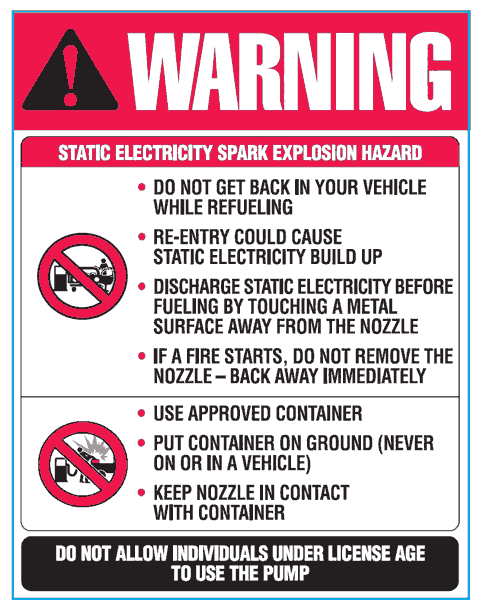Product Safety
Speedway is committed to providing a safe and healthy environment at every one of our convenience stores. Speedway as a company is responsible for taking precautions to protect our customers and employees from accident, injury or any unsafe condition. Below are just a few of the many safety measures taken:
- A proactive process focusing on increased safety awareness has been put in place to help prevent accidents and injuries at our convenience stores.
- Our employees are responsible for observing all of the safety and health rules that apply to their jobs.
- Each of us must promptly report unsafe or unhealthy conditions and immediately take steps to correct those conditions. We invite you to visit the links below to find out more about product safety at Speedway.
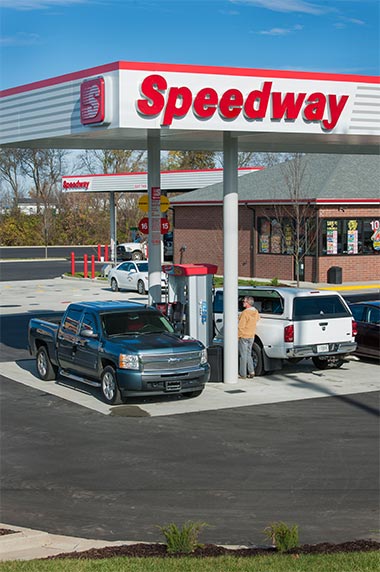
Safety Data Sheets
| Safety Data Sheet Name and Synonyms | Name | Product | CAS # |
|---|---|---|---|
| Speedway Gasoline - All Grades (Regular, Mid Grade, Premium) | 0104SPE012 | Gasoline | 0104SPE012 |
| Speedway Gasoline WITH Ethanol - All Grades (Regular, Mid Grade, Premium) | 0110SPE012 | Gasoline | 0110SPE012 |
| Speedway K 1 Kerosene | 0113SPE012 | Kerosene | 0113SPE012 |
| Speedway No 2 Ultra Low Sulfur Diesel | 0115SPE012 | Diesel | 0115SPE012 |
| Speedway Performance Motor Oil | 0117SPE012 | Motor/Fuel Oil | 0117SPE012 |
| Speedway 15W-40 Heavy Duty Diesel Motor Oil | 0119SPE012 | Motor/Fuel Oil | 0119SPE012 |
| Speedway 2-Cycle Engine Oil | 0120SPE012 | Engine Oil | 0120SPE012 |
| Speedway Multi-Purpose DM Automatic Transmission Fluid | 0121SPE012 | Transmission Fluid | 0121SPE012 |
| Speedway VEP Heavy Duty Motor Oil | 0124SPE012 | Motor/Fuel Oil | 0124SPE012 |
| Speedway Ethanol Flex-Fuel (E51-E83) | 0137SPE012 | Fuel | 0137SPE012 |
| Speedway E15 Gasoline | 0140SPE012 | Gasoline | 0140SPE012 |
| Speedway Cam 2 Racing Fuel (Unleaded) | 0141SPE012 | Gasoline | 0141SPE012 |
| Speedway CARB Gasoline | 0142SPE012 | Gasoline | 0142SPE012 |
Static Electricity Hazards
The Petroleum Equipment Institute (PEI) and the American Petroleum Institute (API) have developed a nationwide campaign aimed at increasing public awareness of a potential fire hazard during gasoline refueling caused by the discharge of static electricity at the fill point of a vehicle. The groups are also encouraging motorists to follow all safe refueling guidelines with every fill-up.
Static electricity build-up occurs when a motorist slides across the vehicle seat when they re-enter their vehicle during refueling. When the motorist then returns to the vehicle fill pipe, the static may discharge at the fill point, potentially causing a fire.
Considering that Americans fill up their vehicles around 11 billion times a year, the number of refueling fires caused by static discharge are extremely rare. These fires have occurred, however, and there have been injuries and property damage as a result. So it is important that the industry and the general public are aware that these incidents have happened. The best way to avoid the problem is by not getting back into your vehicle during refueling.
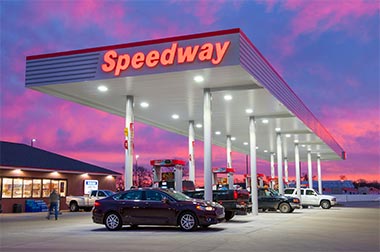
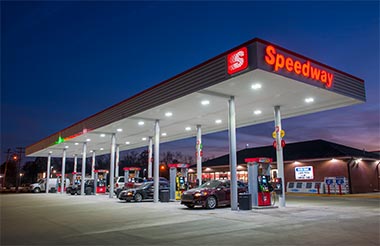
Portable Gasoline Containers
Portable containers can build up a static electric charge during transport. Consequently, when the container is not placed on the ground for filling, its static electricity could be discharged and result in a fire when filling begins. Containers are to be placed on the ground during filling and the nozzle kept in contact with the container. Containers are to be approved design. Containers are NOT to be filled while inside a vehicle or its trunk, the bed of a pickup truck, or the floor of a trailer, etc.
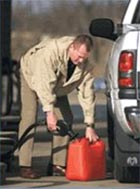
Right
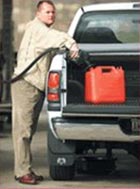
Wrong
Customer Vehicle Fueling
Customers should discharge static electricity before fueling by touching a metal surface away from the nozzle and remain at the vehicle's fueling point even when using the nozzle's hold-open latch. The customer SHOULD NOT re-enter their vehicle during fueling. This re-entry could result in the customer becoming charged with static electricity and in returning to the fueling point the static electricity could be discharged resulting in a fire. If a fire starts, do not remove the nozzle - back away immediately.
NPFA: 30A states: DO NOT ALLOW INDIVIDUALS UNDER LICENSED AGE TO USE THE PUMP.
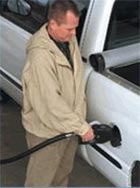
Right

Wrong
Store Employee Procedures
Should store employees witness the filling of portable containers NOT on the ground or customer's re-entry of their vehicle during fueling, THEY ARE TO STOP THE SALE IMMEDIATELY, apologize for any inconvenience and inform the customer of proper procedures emphasizing our concern for their safety.
Common Warning Labels
Here are some examples of labels you may see at the location where you refuel your vehicle. Typically, such labels are placed on or near the gasoline dispensers. You should be sure you understand and follow all of the safety rules which appear on these warning labels.
